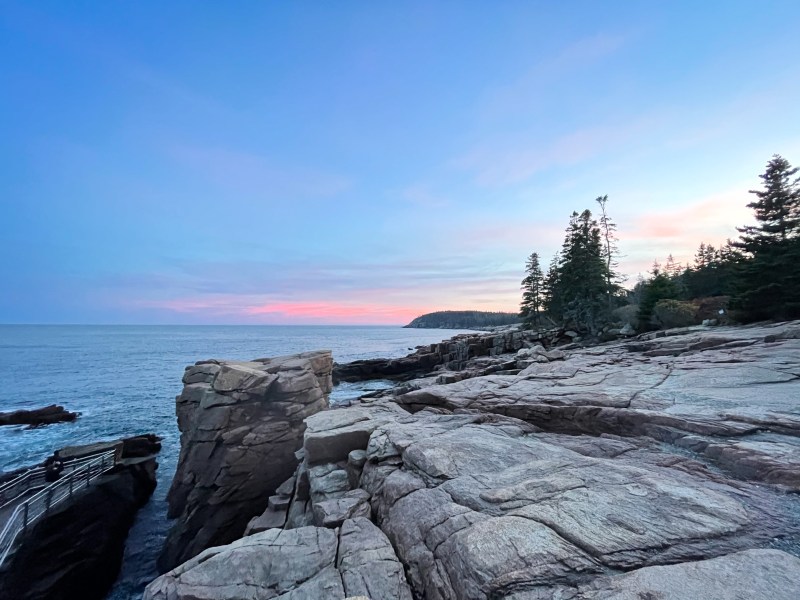
Carved by glaciers some 18,000 years ago, Acadia National Park is home to dense forests, boulder-strewn clifftops, and wave-pounded coastline. Hiking along the park’s 120 miles of scenic trails is Acadia’s biggest draw, but there are many other ways to experience the wonders of New England’s only national park. There’s also biking along forest-lined carriage roads, swimming in Echo Lake, and kayaking along the rocky shoreline out to tiny islands dotting Frenchman Bay.
Related Guides
The Lay of the Land

Acadia National Park spreads across two-thirds of Mt Desert Island, a 108-square-mile island off the northern half of Maine’s coast (called “Down East” in these parts). Mt Desert Island also contains the town of Bar Harbor, which has hotels, restaurants, cafes, outdoor suppliers, and several worthwhile museums. Smaller towns like Northeast Harbor and Southwest Harbor provide a more low-key stay with fewer crowds.
Apart from Mt Desert Island, the national park also includes a section of the Schoodic Peninsula, about an hour’s drive east of Bar Harbor (or a 45-minute ferry ride operated by Downeast Windjammer). The Cranberry Isles are also part of the national park (accessible by ferry only from Southwest Harbor) as is the stunning Isle Au Haut, a remote island with limited ferry access from the town of Stonington, a 90-minute drive southwest of Bar Harbor.
How to Plan for A Trip
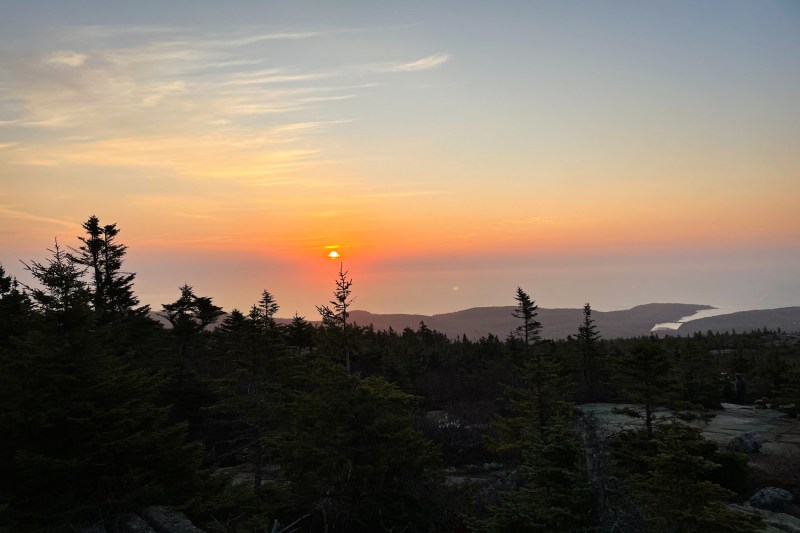
Book lodging or campsites (and a rental car if you need one) well in advance. Bring appropriate gear — expect rain and cool temperatures even in the heat of the summer. Apart from this, Acadia is a pretty easy place to explore without much preparation. All of the trails are for day use only, and most are well-marked (though it’s wise to pick up a good map before heading into the forest). Entrance passes, valid for one week, are required from May through October. You can pick these up at any visitor center, or save time by purchasing one online and printing it out before you arrive.
Best Time to Visit
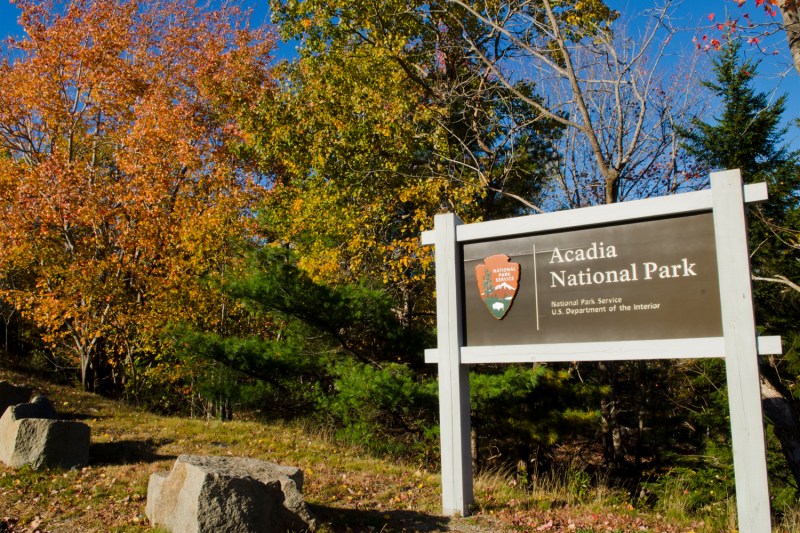
The national park is open year-round, though many park roads close from December to mid-April. The majority of visitors come during the busy summer season, which runs from June through August. There are definitely advantages to visiting during the summer — taking a refreshing swim in the (still chilly) waters off Sand Beach, for instance. However, you’ll have to plan your days carefully to avoid the worst of the crowds. Hit the most popular trails, like the route up Mt Cadillac, early in the day (like dawn), and reserve your accommodation as early as possible.
September and early October are excellent months to visit. The heavy summer crowds have gone home, the cooler early autumn weather is ideal for outdoor activities, and you can catch some fiery fall colors along the trails. Things start to wind down by mid-October, with campgrounds and visitor centers closing for the season, and many (but not all) services in Bar Harbor closing until spring.
Where to Stay
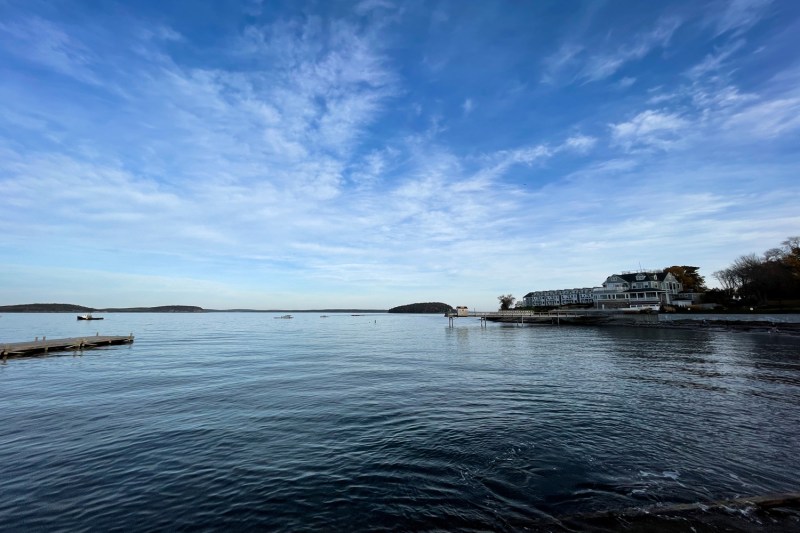
The National Park Service maintains two large developed campgrounds with around 500 tent sites between them on Mt Desert Island, as well as one campground in the Schoodic Peninsula and a very tiny outpost on Isle Au Haut. All of the campgrounds are densely wooded but only a few minutes’ walk from the ocean. Reserve ahead through recreation.gov.
If you prefer not to rough it, there are loads of appealing options in Bar Harbor and the other towns of Mt Desert Island. One of the best B&B options, the Bass Cottage Inn, has elegant sun-drenched rooms set in a 19th-century building just a short walk from the center of Bar Harbor. The stylish Bayview Hotel has top-notch service and amenities, plus an unrivaled location overlooking the Mt Desert Narrows. Over in Southwest Harbor, the historic Claremont Hotel boasts attractive, recently renovated rooms and waterfront views from the wraparound porch.
Getting There
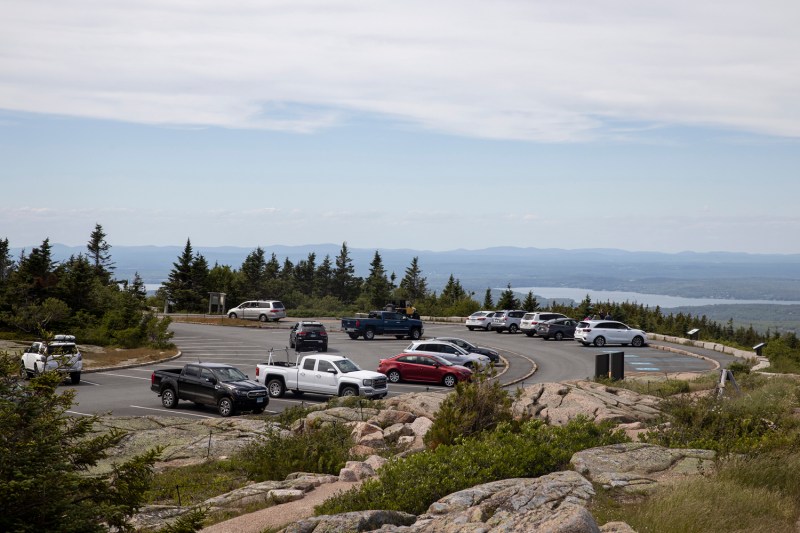
Cape Air flies daily between Boston Logan and Bar Harbor Airport (BHB), which is actually in Trenton, but still less than a 30-minute drive to the heart of the national park. Other options are flying or taking a train to Boston or Portland, then hopping onto the Concord Coach from there to Bar Harbor. From Bar Harbor, you can drive, bike, or bus into the park, along the Park Loop Road, a scenic 27-mile road (one way in parts) that takes you to many of the highlights on the east side of the island.
Getting Around
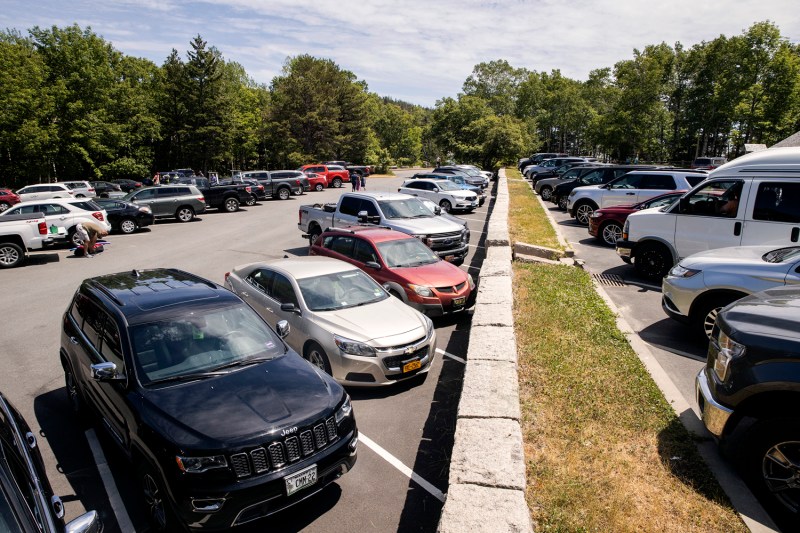
During the busy summer season, it can be bumper-to-bumper traffic all along Park Loop Road. Finding a parking space can feel like a lost cause, especially if you’re just getting underway between 11 a.m. and 3 p.m. You can cut down on the stress by hopping on one of the free Island Explorer buses that provide service on seven routes through the park and link key sights with hotels in Bar Harbor.
Hiking
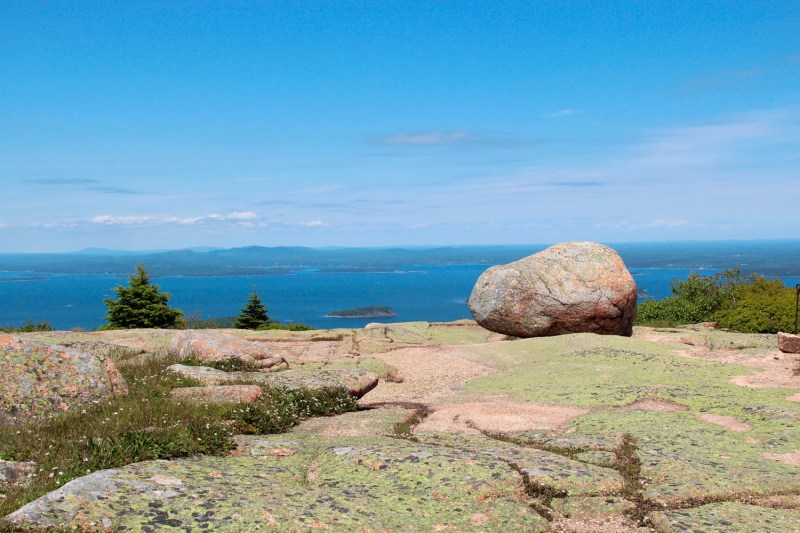
Acadia’s diverse hiking trails take in clifftops, craggy coastline, and lush valleys. You’ll find plenty of variety in difficulty, from flat, easy-going walks like the loop around Jordan Pond (best followed with tea and popovers on the lawn of the Jordan Pond House) to the thrilling vertical ascent via iron rungs and narrow cliffs of the aptly named Precipice Trail. The highest point in the park is 1,530-foot-high Cadillac Mountain, which some claim is the best place to be at sunrise. Various trails lead up to the top; our favorite is the 7-mile roundtrip ascent on the South Ridge Trail. Along the way, you’ll enjoy spectacular views over island-dotted Frenchman Bay. There’s also a road to the top.
Biking
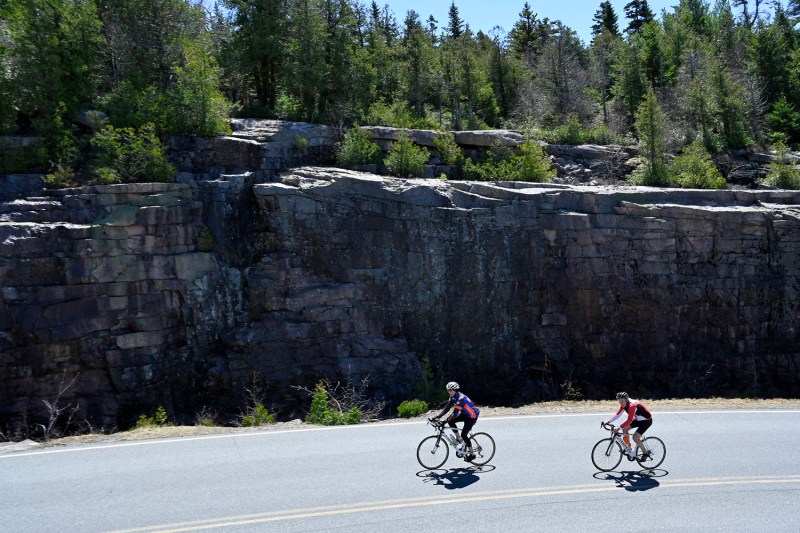
In the first half of the 20th century, philanthropist and noted equestrian John D Rockefeller donated funds for the creation of 45 miles of carriage roads. Made of crushed stone and crisscrossing the island’s forests, these idyllic car-free lanes make the perfect setting for a bike ride. Pick up a map of the Carriage Roads from a visitor center (Hulls Cove, which has carriage lanes right outside is a good bet). Various outfitters in Bar Harbor hire bikes for the day, including Bar Harbor Bicycle Shop.
Island Attractions
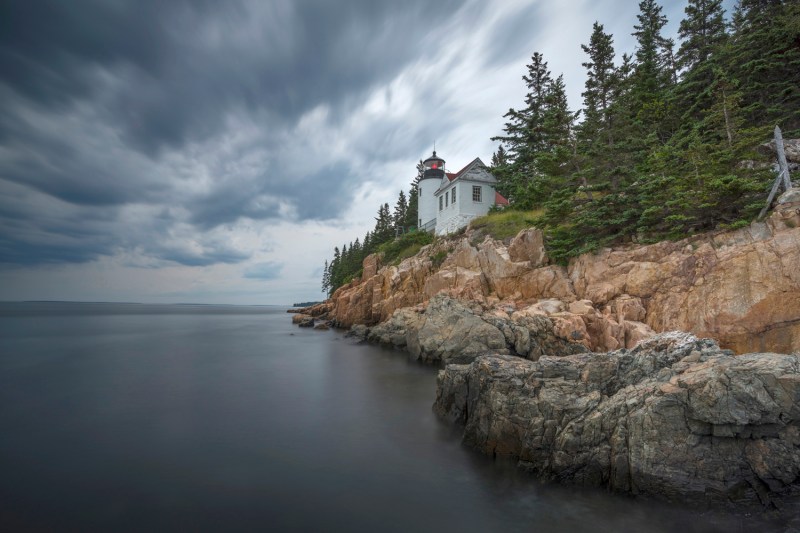
Even if you have little interest in Acadia’s trails, there are plenty of other ways to spend a few days on Mt Desert Island. Various gardens dot the park, including the stunning Thuya Garden with its massive dahlias. If the weather turns sour, you can retreat to the Abbe Museum, a Smithsonian affiliate that delves into the history, traditions, and beliefs of the Wabanaki. Known as “the people of the dawn,” they have inhabited this region for thousands of years.
You can visit two of the Cranberry Isles on a pleasant day trip, perhaps timing your visit with a meal at the Islesford Dock Restaurant, serving outstanding seafood right over the water (reservations essential). Speaking of dining, you can’t leave Mt Desert Island without partaking in at least one lobster feast. Thurston’s Lobster Pound, on the quieter side of the island near Tremont, is a perennial favorite for its delectable crustaceans. On the way there, you can stop for a look at the 1858 Bass Harbor Head Lighthouse, overlooking one of Maine’s most photogenic seascapes.
Editors' Recommendations
- In Yellowstone National Park, one woman was sent running after yet another too-close encounter with a bison
- Getting a backcountry permit for Grand Canyon National Park just got a whole lot easier
- Zion National Park Forever Project Opens East Zion Bike Trail
- The Best National Park Lodges for High-End Style and Rugged Mountain Charm
- When to Book Your National Park Campsite for 2022



